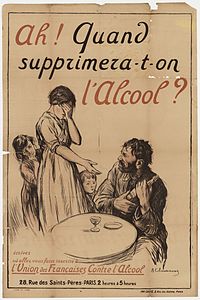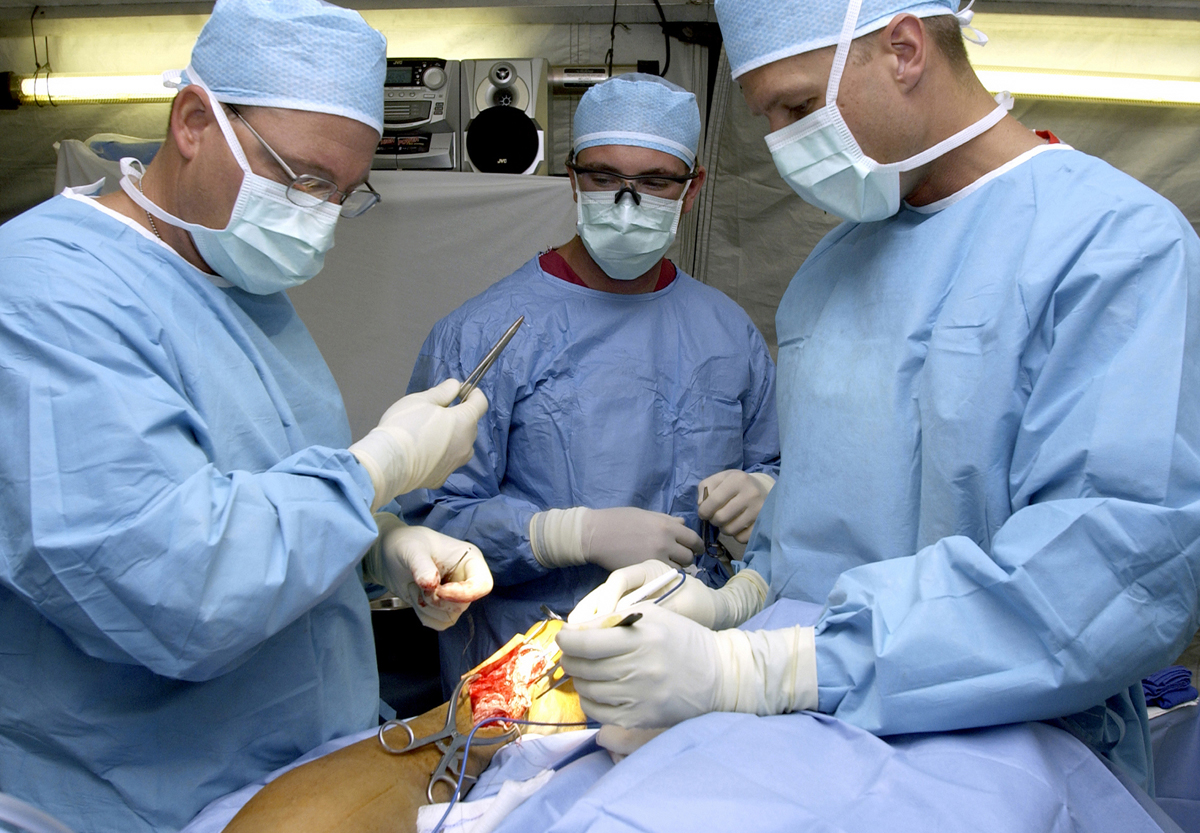
Neonatal Abstinence Syndrome Incidence and Health Care Costs in the United States, 2016.
Sign Up to like & getrecommendations! Published in 2019 at "JAMA pediatrics"
DOI: 10.1001/jamapediatrics.2019.4791
Abstract: This cross-sectional study examines the national incidence rate of neonatal abstinence syndrome using data from the 2016 Healthcare Cost and Utilization Project Kids’ Inpatient Database. read more here.
Keywords: abstinence syndrome; syndrome incidence; incidence health; neonatal abstinence ... See more keywords

Treating Neonatal Abstinence Syndrome in a Rural Hospital: Lessons Learned.
Sign Up to like & getrecommendations! Published in 2018 at "Academic pediatrics"
DOI: 10.1016/j.acap.2018.02.006
Abstract: OBJECTIVE Our level 1 nursery and pediatric unit in a rural hospital adopted a family-centered, symptom-based oral morphine weaning protocol for neonatal abstinence syndrome (NAS) in 2009. Length of stay (LOS), treatment duration (TD), and… read more here.
Keywords: days range; hospital charges; abstinence syndrome; hospital ... See more keywords

Characterizing Associations between Neonatal Abstinence Syndrome and Orofacial Clefting
Sign Up to like & getrecommendations! Published in 2018 at "Journal of the American College of Surgeons"
DOI: 10.1016/j.jamcollsurg.2018.07.449
Abstract: METHODS: The ACS NSQIP-Pediatric database was used to identify patients undergoing single-stage PCLP, PCL or PCP repairs between the years 2012 and 2015. Preoperative factors and early postoperative outcomes were compared between the three groups,… read more here.
Keywords: abstinence syndrome; associations neonatal; syndrome orofacial; characterizing associations ... See more keywords

A management strategy that reduces NICU admissions and decreases charges from the front line of the neonatal abstinence syndrome epidemic
Sign Up to like & getrecommendations! Published in 2017 at "Journal of Perinatology"
DOI: 10.1038/jp.2017.101
Abstract: Objective:The purpose of this study was to test a specialized needs-based management model for a high volume of babies born with neonatal abstinence syndrome (NAS) while controlling costs and reducing neonatal intensive care unit (NICU)… read more here.
Keywords: abstinence syndrome; strategy reduces; management; neonatal abstinence ... See more keywords

Maternal breast milk feeding and length of treatment in infants with neonatal abstinence syndrome
Sign Up to like & getrecommendations! Published in 2019 at "Journal of Perinatology"
DOI: 10.1038/s41372-019-0374-1
Abstract: ObjectiveThe objective of this study is to assess whether infants with neonatal abstinence syndrome (NAS), who receive maternal breast milk (BM), have shorter pharmacological treatment durations and lengths of stay compared with formula-fed infants.Study DesignRetrospective… read more here.
Keywords: abstinence syndrome; treatment; maternal breast; neonatal abstinence ... See more keywords

Using buprenorphine to treat neonatal abstinence syndrome: a quality improvement study
Sign Up to like & getrecommendations! Published in 2021 at "Journal of Perinatology"
DOI: 10.1038/s41372-021-01035-4
Abstract: To assess if treating neonatal abstinence syndrome (NAS) with sublingual buprenorphine (SLB) would decrease the mean duration of therapy (DOT) and length of birth hospital stay (LOS). Conducted at a tertiary hospital with >6000 annual… read more here.
Keywords: abstinence syndrome; improvement study; neonatal abstinence; quality improvement ... See more keywords

Neonatal abstinence syndrome
Sign Up to like & getrecommendations! Published in 2018 at "Nature Reviews Disease Primers"
DOI: 10.1038/s41572-018-0045-0
Abstract: Neonatal abstinence syndrome refers to the signs and symptoms attributed to the cessation of prenatal exposure (via placental transfer) to various substances. This Primer focuses on neonatal abstinence syndrome caused by opioid use during pregnancy… read more here.
Keywords: abstinence syndrome; opioid use; exposure; neonatal abstinence ... See more keywords

Comparison of Neonatal Abstinence Syndrome Treatment with Sublingual Buprenorphine versus Conventional Opioids
Sign Up to like & getrecommendations! Published in 2018 at "American Journal of Perinatology"
DOI: 10.1055/s-0037-1608634
Abstract: Objective The objective of this study was to compare duration of opioid treatment and length of stay outcomes for neonatal abstinence syndrome (NAS) using sublingual buprenorphine versus traditional weaning with methadone or morphine. Study Design… read more here.
Keywords: abstinence syndrome; treatment; buprenorphine versus; sublingual buprenorphine ... See more keywords

Effects of Partially Hydrolyzed Formula on Severity and Outcomes of Neonatal Abstinence Syndrome.
Sign Up to like & getrecommendations! Published in 2019 at "American journal of perinatology"
DOI: 10.1055/s-0039-1692684
Abstract: OBJECTIVE This article compares the effect of partially hydrolyzed formula (PHF) and standard formula (SF) on the severity and short-term outcomes of neonatal abstinence syndrome (NAS). STUDY DESIGN We performed a retrospective chart review of… read more here.
Keywords: mso4; formula severity; hydrolyzed formula; neonatal abstinence ... See more keywords

Association between Neonatal Abstinence Syndrome and Congenital Anomalies in the United States
Sign Up to like & getrecommendations! Published in 2022 at "American Journal of Perinatology"
DOI: 10.1055/s-0042-1759864
Abstract: Abstract Objective Studies exploring the relationship between neonatal abstinence syndrome (NAS) and congenital anomalies (CA) in the United States are limited given the small sample size or data prior to the opioid epidemic. We aimed… read more here.
Keywords: abstinence syndrome; congenital anomalies; nas hospitalizations; united states ... See more keywords

Neonatal Abstinence Syndrome
Sign Up to like & getrecommendations! Published in 2019 at "Advances in Neonatal Care"
DOI: 10.1097/anc.0000000000000630
Abstract: Background: The current opioid epidemic in the United States has given rise to a growing incidence of neonatal abstinence syndrome (NAS). Treatments for this condition optimize nonpharmacologic therapies in an effort to improve withdrawal symptoms… read more here.
Keywords: neonatal abstinence; review; acupuncture; abstinence syndrome ... See more keywords